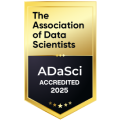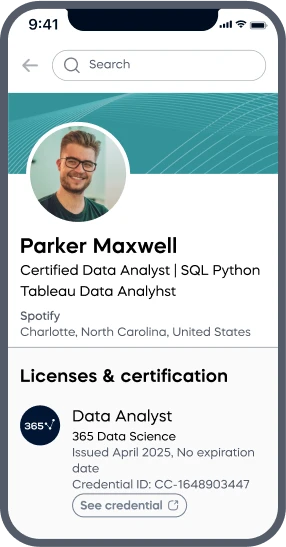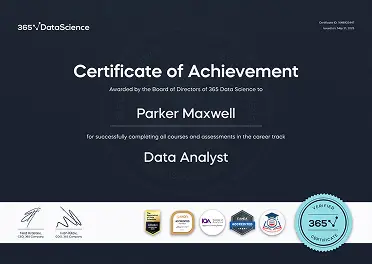Michael H.
See all reviews
Grasp the full lifecycle of AI and data science projects: learn effective product management techniques






Skill level:
Duration:
CPE credits:
Accredited

Bringing real-world expertise from leading global companies
Master's degree, Management, International Management
Description
Curriculum
Free lessons

1.1 Introduction
4 min

1.2 Course Overview
3 min

1.3 Growing Importance of an AI & Data PM
3 min

1.4 The Role of a Product Manager
5 min

1.5 Differentiation of a PM in AI & Data
3 min

1.6 Product Management vs. Project Management
4 min
9 in 10
of our graduates landed a new AI & data job
$29,000
average salary increase
94%
of AI and data science graduates
successfully change
ACCREDITED certificates
Craft a resume and LinkedIn profile you’re proud of—featuring certificates recognized by leading global
institutions.
Earn CPE-accredited credentials that showcase your dedication, growth, and essential skills—the qualities
employers value most.





Certificates are included with the Self-study learning plan.


How it WORKS